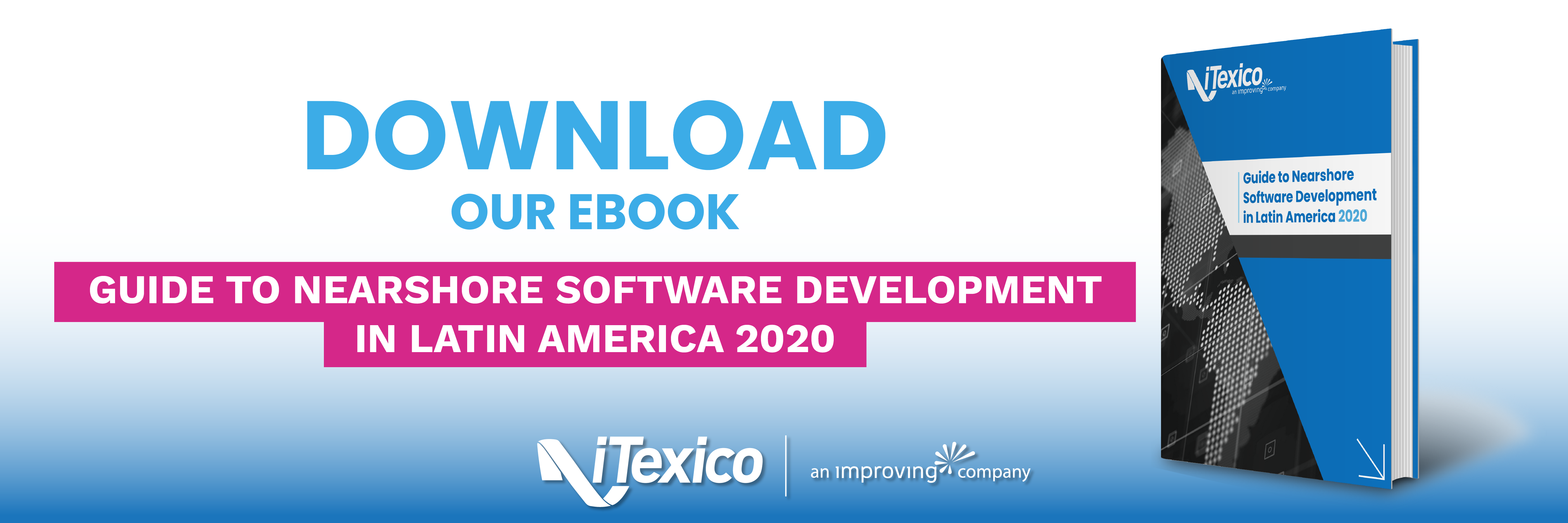Borderless Movement on Mobile Design
It's all about the experience!
Aug 29, 2018 The trend of bezel-less smartphones is driven by the development of new forms of interaction between users and content. And it's the hardware that shapes the way in which we design user experiences, a path where gestures have returned to the center of operation in almost all applications.
Image Credit: Itexico Design Studio
In the words of David Sandoval, the Creative Delivery Manager at iTexico: I believe that bezels are going away for the most part, especially since we are already seeing great examples of how to keep interactions that previously were part of hardware components moved into touch-based interactions (The iPhone X is a good example as well as the latest versions of Android) with things like multitasking, unlocking and even fingerprint scanning.
Hardware challenges are still on keeping camera components and things like speakers and sensor cases at a size small enough for it to become unnoticeable.
While industrial designers at major phone manufacturers continue to push the boundaries of creating a bezel-less device and resolve the issues above, UX designers are taking this opportunity to create more immersive experiences that leverage content and give the device a personality of its own.
If we look at the phones of 3-5 years ago from the front, it was easy to spot the brand and the model, now without bezels, it will be all about the presentation layer of the OS and the way applications deliver on a great experience.
As a consequence to this, phone manufacturers and companies like Google and Apple must make sure that some standard is kept, in order to allow designers and developers to easily create and update apps to support many different screen sizes and ratios and avoid experience fragmentation.
There is still a challenge in areas like ergonomics, sturdiness of materials and overall making sure that devices are used in an optimal way on every scenario, avoiding unintended touches as bezels become smaller and keeping the device secure on the user’s hands.
All these situations may change the mental model of the users on how confident they feel to use the device, however once those issues are fixed as materials become stronger (or just slap a case on the device) then we will all have all-screen devices, where content and UX reigns over everything else and dictates the future of the mobile platforms.

David Sandoval at iTexico
Subject Matter Expert at iTexico Martino Liu, Also elaborates on the topic.
Its well established that in design trends there is always going to debate whether an icon, a typography, a hero image, a background video or, extending to the physical world, the shape, material, and form of a smartphone will always create division, at least in the beginning.
I am particularly not fond of taking sides because that would be too naive and selfish; Pretentious in a way, as of trying to say a truth without sufficient evidence. To take a stand I would use a design methodology to lessen the risk of initial assumptions, therefore I would test a particular feature in order to elaborate a professional opinion.
Now, in my own experience, even without using an iPhone as a personal device, every time I have tried to hold a borderless /no-bezel phone, I feel uncomfortable. If getting used to it is part of the experience and therefore make me mindless about it with us is something we will see in time.
Now, the impact a physical feature has in the practice of UX on one side and UI in the other is a mayor swift another factor to consider when designing relevant features on hand-held screens, therefore the importance of elevating the need to implement more UX best practices in the product design cycle. This plays a good prospect of gaining more clients for companies like us. We should focus our strategy towards this.



Post Your Comment Here